Radiation
Inside…
Radiation levels in space are up to 15 times higher than on Earth. As soon as we leave our protective atmosphere, space radiation becomes a serious concern.
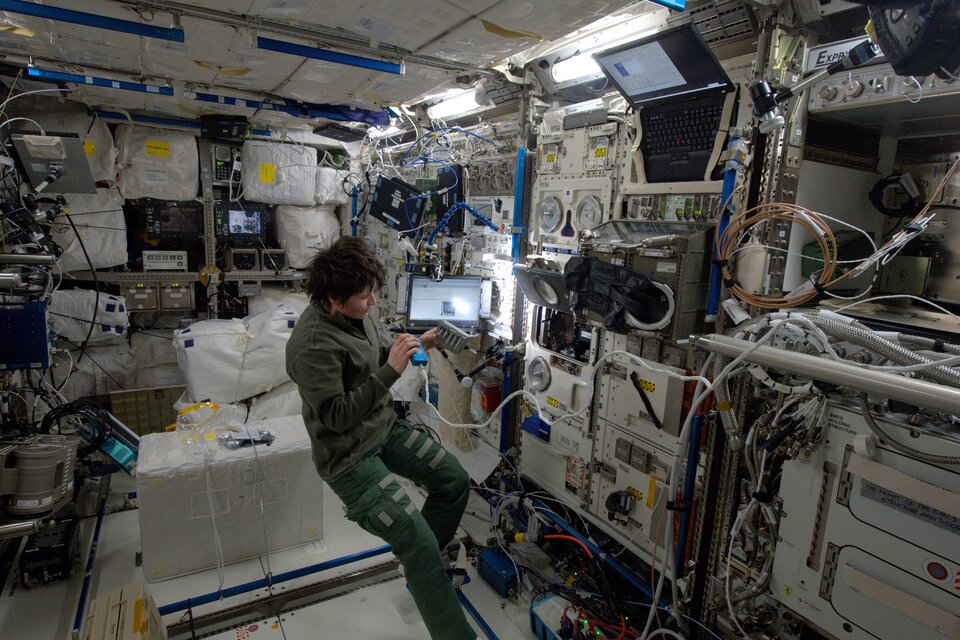
DOSIS-3D helps to understand space radiation and how it penetrates the Space Station walls. Active and passive radiation detectors are being used to map the radiation in all of the Station’s modules.
Europe’s Columbus laboratory is monitored by 11 passive dosimeters. The dosimeters are about the size of a pack of playing cards and attached to the walls of Columbus with Velcro. They record how much radiation has been absorbed in total during the period they are in space.
This experiment has been monitoring radiation levels for a number of years and after each six-month crew rotation the detectors are replaced to record changes in radiation. ESA astronaut Tim Peake will remove the old set of dosimeters from Columbus, pack them for return to Earth, and stick a new set to the walls.
In addition to the passive detectors, DOSIS-3D uses active dosimeters that measure fluctuations in radiation levels over time. Data from all Station partners are shared to create as complete a picture of space radiation as possible.
… and out
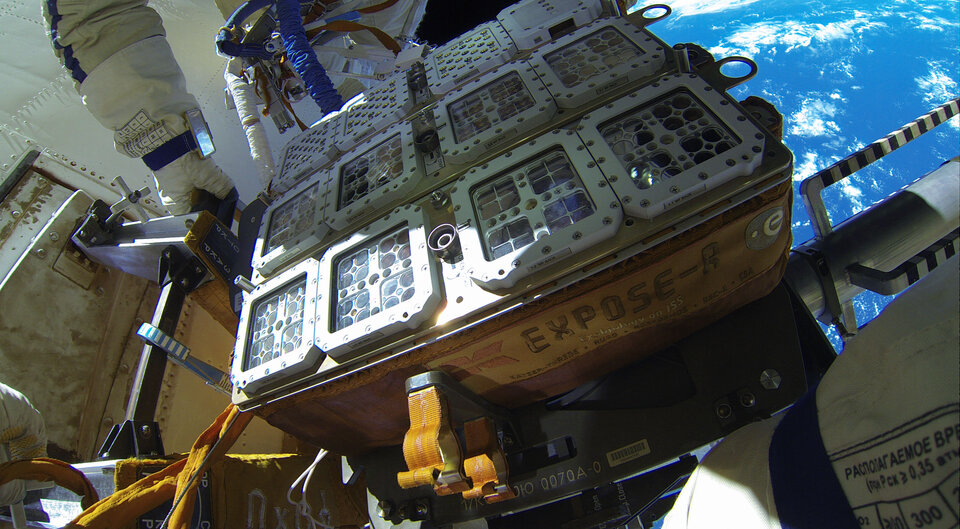
Fixed to the outside of the International Space Station is ESA’s Expose facility that is subjecting microscopic organisms and samples to the radiation of space.
Most life on Earth relies on the Sun in some way for energy, and laboratories all over the world study how solar rays are absorbed and processed. These studies are missing an element of our Sun’s rays, however. Our atmosphere blocks light from the lower end of the spectrum – below 200 nanometres – and recreating these wavelengths in a laboratory is difficult.
This experiment is testing organic compounds and biochips to see how they react to solar rays that we do not experience on Earth at the only place possible – outside of our atmosphere. The results will help in designing biochips for missions to Mars as well as shed light on how organic matter exists on comets, meteorites, Mars and other places without a protective atmosphere.


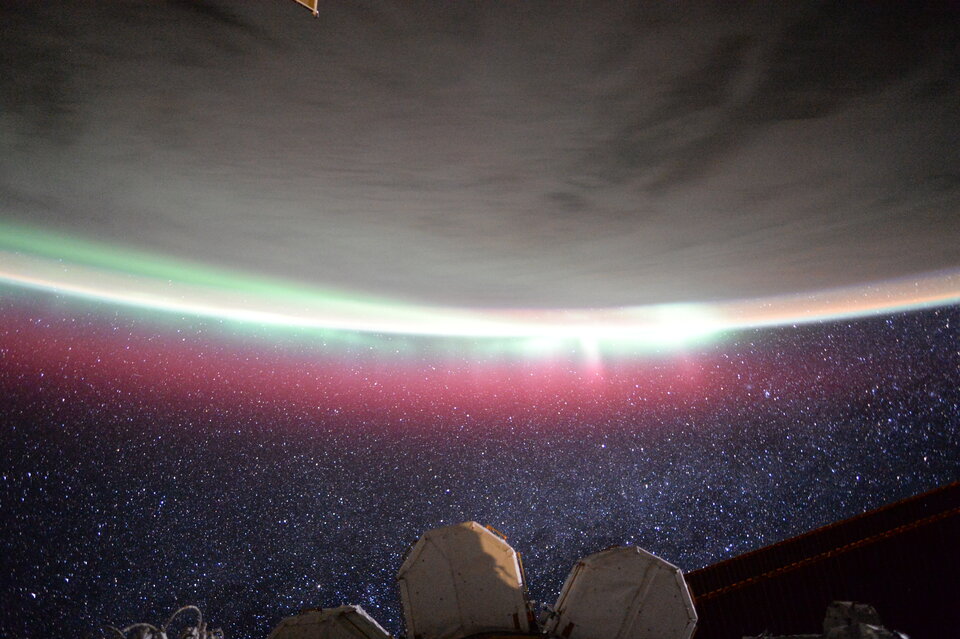


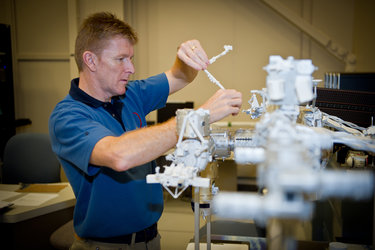
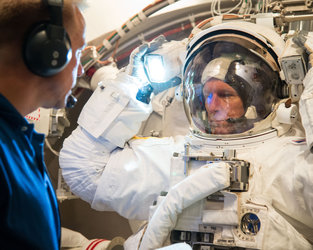

 Tim Peake on Facebook
Tim Peake on Facebook Tim Peake on YouTube
Tim Peake on YouTube Tim Peake on Flickr
Tim Peake on Flickr